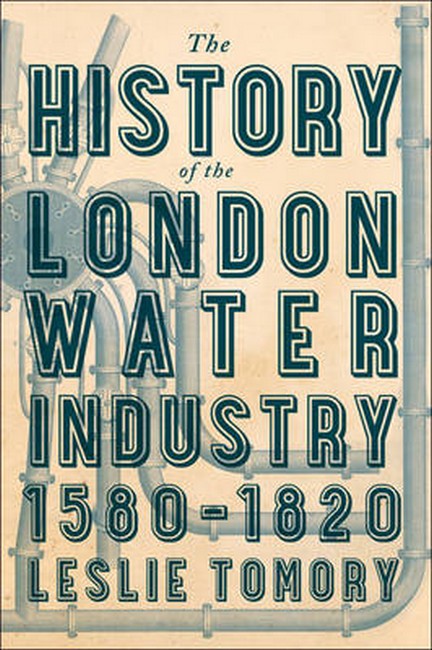Introduction
Technological and industrial change
1.1 London
1.2 Late Medieval and Early Modern Urban Water Supply
1.3 New Water Technology
1.4 A Thirsty City
1.5 Patents
1.6 Peter Morris and the London Bridge Waterworks
1.7 Other Water Entrepreneurs
Conclusion
2.1 Corporations and Joint-Stock Companies
2.2 Myddelton's Politics and the New River Company
2.3 Supplying London
Conclusion
3.1 Slow Growth and Stabilization, 16251660
3.2 Growth of the New River, 16601700
3.3 Improving and joint-stock companies, 16601700
3.4 New Attempts, 17001730
Conclusion
4.1 The Scale of the New River
4.2 Wren's and Lowthorp's Reports
4.3 Reform of Operations
4.3.1 Maintaining Adequate Supply
4.3.2 The Pipe Network
4.3.3 Controlling Customers
4.3.4 Manufacturing Pipes
4.3.5 Maintenance
4.3.6 Legal Dimension
Conclusion
5.1 The Nature of Competition: Dominance of the New River and the LBWW
5.2 The New LBWW to 1750
5.2.1 The Engines
5.2.2 The Water Tower and the Mains
5.2.3 The Employees and Operations
5.3 The LBWW After 1750
Conclusion
6.1 Supplying Houses
6.2 Brewers and Other Large Users
6.3 Geography of Consumption
6.4 Municipal Uses: Fire and Cleaning
Conclusion
7.1 The New River Company's Efforts to Maintain Water Quality
7.2 Bathing in the New River
Conclusion
8.1 Transformations in London to 1820
8.2 Legacy of the London Water Network
Conclusion
Request Academic Copy
Please copy the ISBN for submitting review copy form
Description
""The History of the London Water Industry is a well-written book that will reward anyone interested in the development of urban infrastructure, London's growth as a world city, or the broader innovations surrounding Britain's industrial revolution.""

